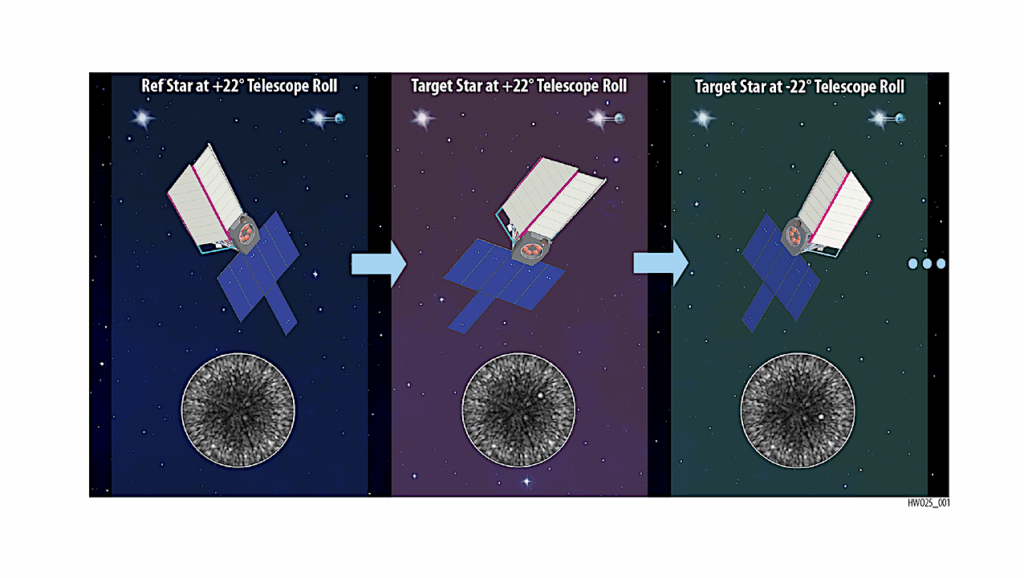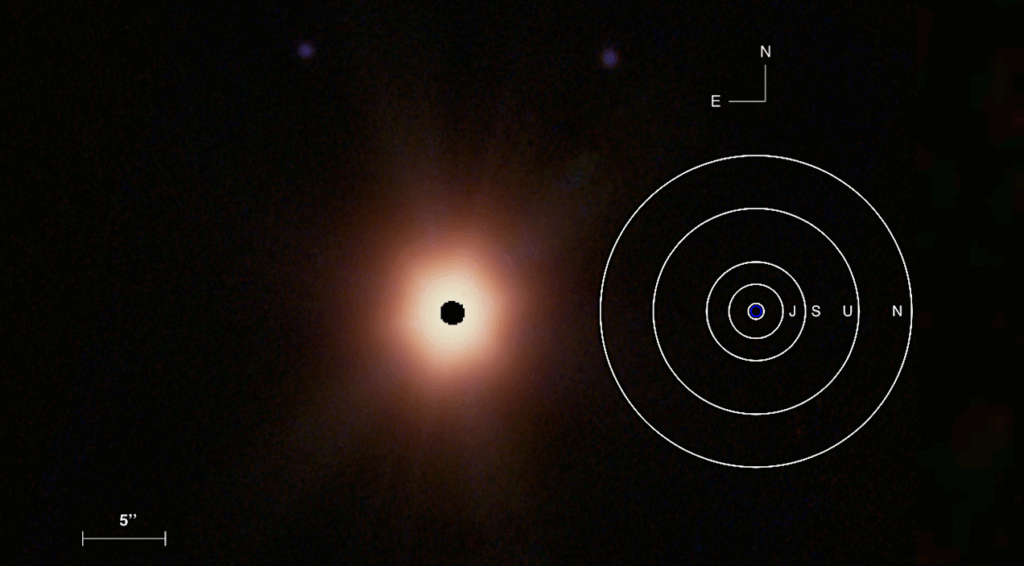The Atmospheres of Earth-like Planets after Giant Impact Events

It is now understood that the accretion of terrestrial planets naturally involves giant collisions, the moon-forming impact being a well known example.
In the aftermath of such collisions the surface of the surviving planet is very hot and potentially detectable. Here we explore the atmospheric chemistry, photochemistry, and spectral signatures of post-giant-impact terrestrial planets enveloped by thick atmospheres consisting predominantly of CO2, and H2O.
The atmospheric chemistry and structure are computed self-consistently for atmospheres in equilibrium with hot surfaces with composition reflecting either the bulk silicate Earth (which includes the crust, mantle, atmosphere and oceans) or Earth’s continental crust. We account for all major molecular and atomic opacity sources including collision-induced absorption. We find that these atmospheres are dominated by H2O and CO2, while the formation of CH4, and NH3 is quenched due to short dynamical timescales.
Other important constituents are HF, HCl, NaCl, and SO2. These are apparent in the emerging spectra, and can be indicative that an impact has occurred. The use of comprehensive opacities results in spectra that are a factor of 2 lower in surface brightness in the spectral windows than predicted by previous models. The estimated luminosities show that the hottest post-giant-impact planets will be detectable with near-infrared coronagraphs on the planned 30m-class telescopes.
The 1-4um region will be most favorable for such detections, offering bright features and better contrast between the planet and a potential debris disk. We derive cooling timescales on the order of 10^5-10^6 Myrs, based on the modeled effective temperatures. This leads to the possibility of discovering tens of such planets in future surveys.
R. E. Lupu, Kevin Zahnle, Mark S. Marley, Laura Schaefer, Bruce Fegley, Caroline Morley, Kerri Cahoy, Richard Freedman, Jonathan J. Fortney (Submitted on 7 Jan 2014)
Comments: 51 pages, 16 figures, preprint format; ApJ submitted
Subjects: Earth and Planetary Astrophysics (astro-ph.EP)
Cite as: arXiv:1401.1499 [astro-ph.EP] (or arXiv:1401.1499v1 [astro-ph.EP] for this version)
Submission history From: Roxana Lupu [v1] Tue, 7 Jan 2014 04:04:19 GMT (4788kb,D)








